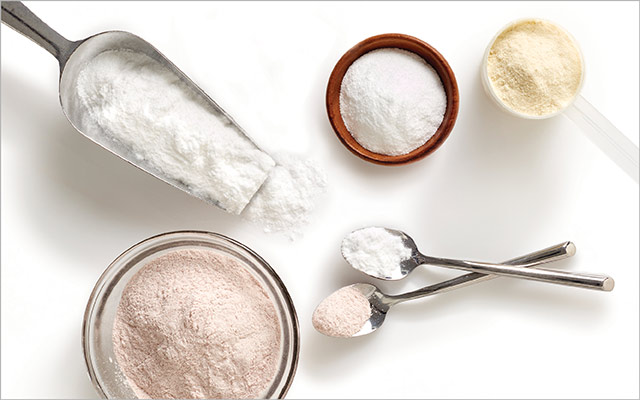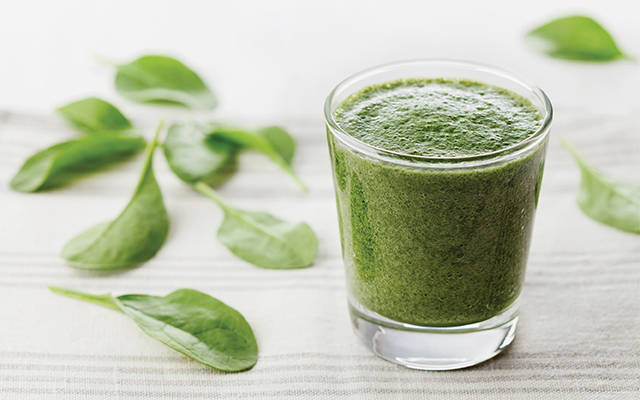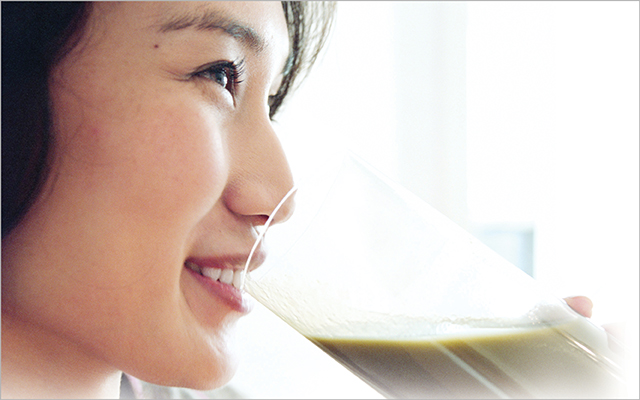Food is fuel, no matter when you eat it. But in the hours surrounding a workout, nutrition has a direct effect on your body’s performance and recovery.
The foods you consume can determine whether you bonk while running, get queasy during a HIIT session, or feel hangry in yoga class.
“Often the best chance of having a quality workout is eating something beforehand,” says Marni Sumbal, MS, RD, a board-certified sports dietitian in Greenville, S.C., who works primarily with endurance athletes. “When people fuel better, they tend to have more energy, bounce back more quickly, and feel less fatigued overall.”
But there’s conflicting information surrounding nutrition and exercise, making it confusing to know what to eat and when to eat it. The best piece of advice for people looking to get stronger and fitter might just be to follow your gut — both literally and figuratively.
If your stomach feels uncomfortable during a workout, you likely need to tweak the timing or content of your most recent meal. And if you’re feeling weak, cranky, or unfocused during or after exercise, you may simply not have eaten enough before or afterward.
“If you find yourself thinking, I should be able to . . . or I used to be able to . . . during a workout, something could be off with how you’re fueling,” Sumbal explains.
“You can’t enjoy exercise when you’re hungry,” says Susan Kleiner, PhD, RD, owner of High Performance Nutrition in Mercer Island, Wash. “If you fuel yourself well, you should be able to get to the end of your workout fatigued from exercise, not fatigued from being underfed.”
Even if you’ve found something that’s worked for you in the past, it’s worth reassessing your diet as your body adapts to workouts and your goals change.
“Your pre- and postworkout nutritional strategy can change over time, depending on where you are in your program and what you want to accomplish,” explains Life Time nutrition program manager Paul Kriegler, RD, LD. For individualized guidance, he recommends connecting with a fitness or nutrition professional.
Whether you’re a seasoned athlete or training for the first time, addressing pre- and postworkout nutrition can make the difference in energy, performance, recovery, and, ultimately, results.
Preworkout Priorities
For low- and moderate-intensity workouts shorter than 90 minutes, you’re mostly fueling your movement through a mix of fat and glycogen stored in your muscles, says Sumbal. The best way to optimize energy stores is to eat well throughout the day — incorporating a balance of complex carbs, high-quality protein, and healthy fats.
It’s also a good idea to wait at least two hours after a meal before exercising, even for a low-intensity workout, so that your stomach doesn’t have to compete with your muscles.
If you’re heading to an early-morning Pilates class and not feeling hungry, you probably don’t need to eat beforehand. Some people feel fine working out on an empty stomach, and if the physical demands are not especially high, your muscles can get the fuel they need from stored sources.
But if it’s been a while since your last meal and you’re feeling hungry, reach for something small at least 20 to 30 minutes before you work out, advises Sumbal. Low-fiber carbs paired with protein make for an energy-boosting snack that’s easily digestible.
“A snack can help you think better, have more energy, stave off hunger pangs, and control your blood sugar to prevent lightheadedness,” she says. So if you’re struggling to get through a workout, your body may just need a little pick-me-up.
When it comes to high-intensity or heavily anaerobic workouts of 90 minutes or more, carbs are king. Of the three macronutrients — carbohydrates, protein, and fat — carbs are the ones that provide immediate energy.
“You can’t reach the same levels of intensity physiologically without carbs to burn,” says Kleiner.
To minimize potential damage to your muscles during strenuous training sessions, you also need to prioritize protein, says Kriegler. For most healthy people, he recommends at least 20 to 30 grams of protein, with a ratio of up to 3 grams of carbs for each gram of protein, depending on individual needs.
It’s not always feasible to wait two hours after breakfast before a morning sweat session, and sometimes we find ourselves heading into high-intensity workouts hours after our last meal. In these cases, Kleiner recommends having a 200- to 300-calorie snack about 60 to 90 minutes prior to your workout. Choose easily digestible carbs paired with a little protein, such as a banana with nut butter.
The closer you are to your workout, the more likely you’ll benefit from getting your carbs and proteins from liquids, Kriegler advises. If you enjoy a tough morning session, a preworkout smoothie might be your best option.
Postworkout Window
As soon as you complete a workout and for the next couple of hours afterward, your muscles are primed to accept nutrients that support recovery. Specifically, carbs replace stored glycogen in muscles and help shuttle amino acids from protein into the muscles, supporting repair and growth.
“The priority is to get carbs and protein into your body as soon as possible so it can get right to work replenishing energy stores and repairing tissue,” says Kriegler. This is especially important after heavy anaerobic and high-intensity training.
If a tough workout leaves you with no appetite, Sumbal recommends drinking your recovery fuel, such as a yogurt drink or protein-packed smoothie. Otherwise, eat a meal or substantial snack, prioritizing whole foods with complex carbs and protein.
If your workout is shorter than an hour and is of low or moderate intensity, you can simply wait an hour or two before eating. Avoid high-fiber and high-fat foods, since they tend to slow digestion and delay nutrient absorption, Kriegler says.
Even if your goals include weight loss, refueling your body is crucial for continued progress. “It is a misconception that exercise is the opportunity to restrict calories,” says Kleiner. “If we undercut exercise, we’ll never get the results we want.”
All-Day Fuel
Much of fueling your workouts happens when you’re not exercising. Consider these basic nutrition principles for an active lifestyle.
Hydration: “One of the biggest mistakes I see people make is being chronically underhydrated,” says Kriegler. He recommends at least half an ounce of water per pound of body weight every day, and an additional 16 to 20 ounces per hour of sweating.
Carbohydrates: Vegetables, fruits, whole grains, and other complex carbs provide a lasting source of energy. They’re an important dietary component for anyone who is physically active. In general, aim to get 40 to 60 percent of your calories from healthy carbs. (For more on determining your unique carb tolerance, visit “What Is Your Unique Carbohydrate Tolerance?”.)
Protein: Protein is crucial for maintaining muscle tissue and supporting muscle repair and growth. For those trying to build muscle, experts suggest aiming for 1 gram of protein per pound of body weight, or 1 gram per pound of desired body weight, per day, which is roughly double the current RDA (recommended dietary allowance).
Fat: Healthy fats are an important source of energy. Ideally, they’d make up at least 20 percent of your diet. Prioritize nuts, avocados, olives, and olive oil, and avoid trans fats, which are known to increase inflammation and disrupt your body’s repair-and-recovery process.
Fuel Smarter
Before you work out, experts recommend waiting at least two hours after your last meal and at
least 20 minutes after a snack (or at least 60 minutes if you’re training at a high intensity).
If you feel you need a snack before your morning workout but don’t have much of an appetite, start small and light since it can take a few weeks to get used to eating so early. Depending on your needs, you can gradually increase the amount you’re consuming.
Aim to eat a postworkout snack or meal within one to two hours after a workout to optimize your recovery.
Preworkout Snacks
These snacks feature low-fiber, easily digestible carbs paired with a bit of protein.
- 1 to 2 tbs. of nut butter with a banana
- 1 to 3 hard-boiled eggs and a tangerine (or other fruit)
- Protein shake or smoothie
- Half a potato with a dollop of Greek yogurt
- Peach slices and cottage cheese
- Cup of applesauce with protein powder
Postworkout Snacks
These snacks feature complex carbs and muscle-building protein.
- Plain Greek yogurt with berries and honey
- Sweet potato topped with poached egg
- Tuna on whole-grain or gluten-free crackers
- Corn or whole-grain tortilla with scrambled eggs
- Grain bowl of your choice, such as brown rice with
veggies and chicken - Protein shake or smoothie
This originally appeared as “Eat Well to Move Well” in the July-August 2020 print issue of Experience Life.




This Post Has 0 Comments